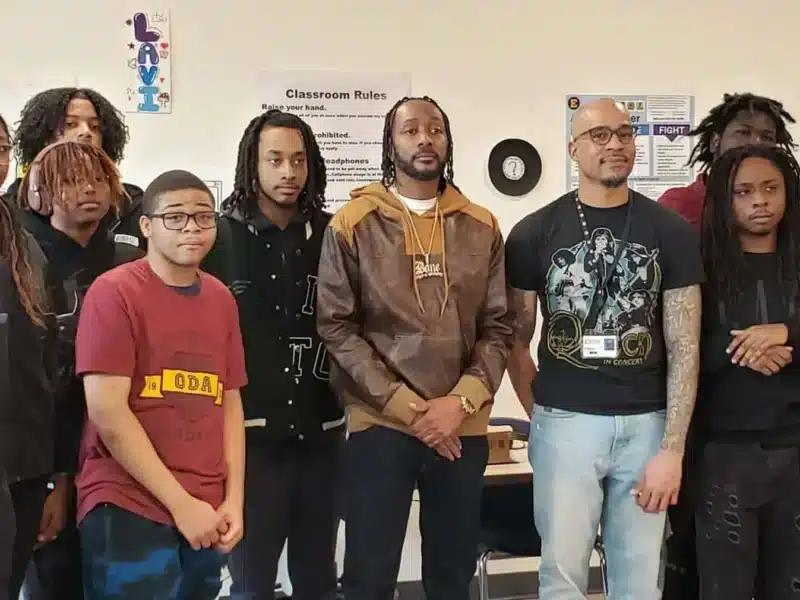📰 Public Safety & Crime Seven Teens Injured in Lee-Harvard Neighborhood Shooting In the early hours of Sunday, June 8, a shooting in Cleveland’s Lee-Harvard neighborhood resulted in injuries to seven teenagers. The incident occurred around 12:15 a.m. near the intersection of Lee Road and Harvard Avenue, following reports of drag racing in the area. […]
















